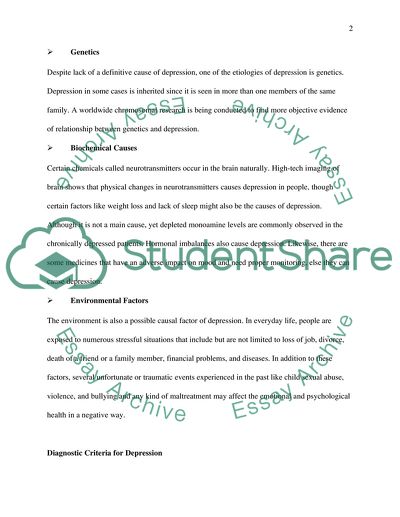Cite this document
(“Diagnosis of Depression Essay Example | Topics and Well Written Essays - 3500 words”, n.d.)
Diagnosis of Depression Essay Example | Topics and Well Written Essays - 3500 words. Retrieved from https://studentshare.org/health-sciences-medicine/1606834-depression-how-would-you-work-psychoanalytically-with-this-diagnosis
Diagnosis of Depression Essay Example | Topics and Well Written Essays - 3500 words. Retrieved from https://studentshare.org/health-sciences-medicine/1606834-depression-how-would-you-work-psychoanalytically-with-this-diagnosis
(Diagnosis of Depression Essay Example | Topics and Well Written Essays - 3500 Words)
Diagnosis of Depression Essay Example | Topics and Well Written Essays - 3500 Words. https://studentshare.org/health-sciences-medicine/1606834-depression-how-would-you-work-psychoanalytically-with-this-diagnosis.
Diagnosis of Depression Essay Example | Topics and Well Written Essays - 3500 Words. https://studentshare.org/health-sciences-medicine/1606834-depression-how-would-you-work-psychoanalytically-with-this-diagnosis.
“Diagnosis of Depression Essay Example | Topics and Well Written Essays - 3500 Words”, n.d. https://studentshare.org/health-sciences-medicine/1606834-depression-how-would-you-work-psychoanalytically-with-this-diagnosis.


